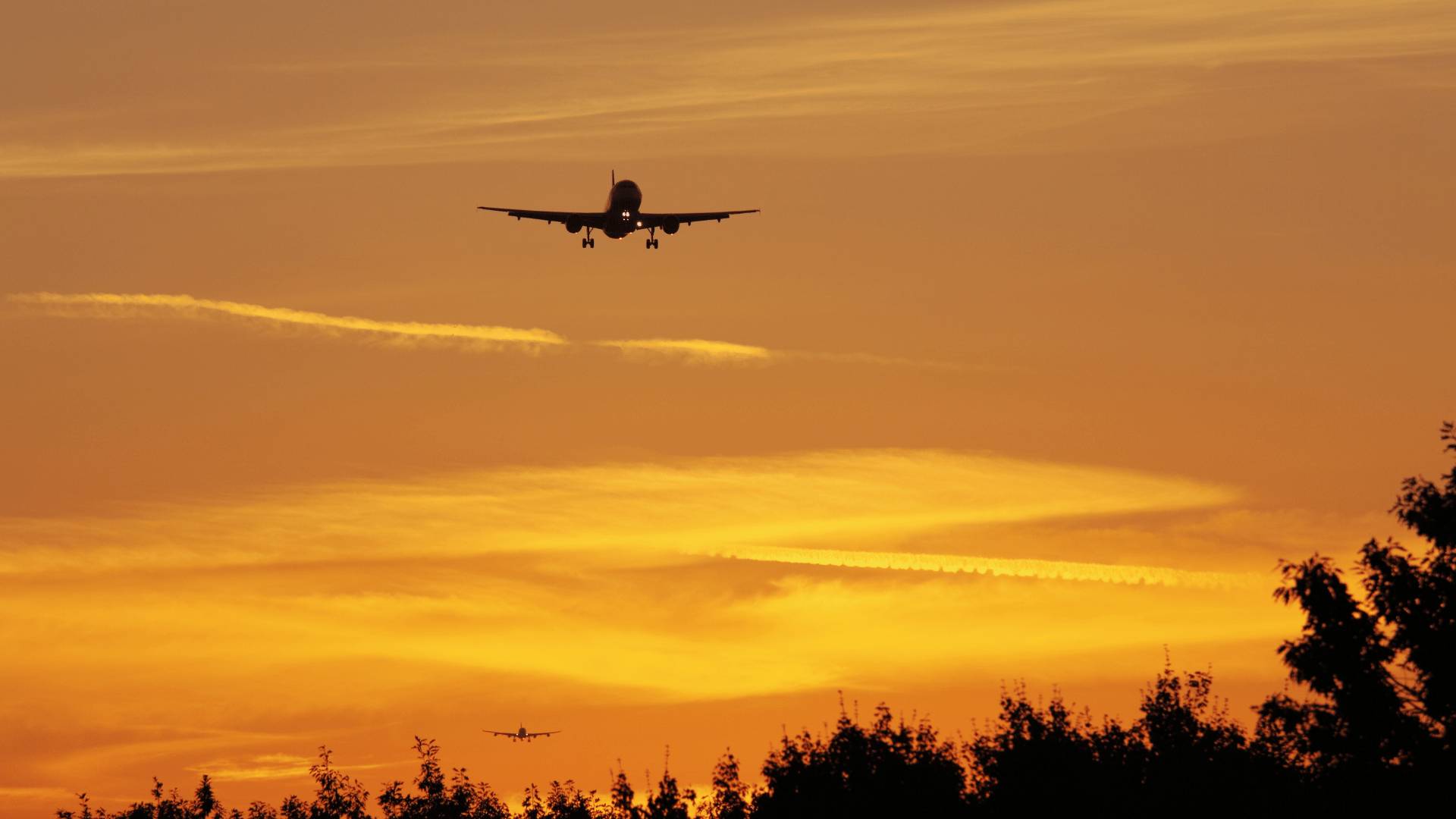Technical issues at the Ninoy Aquino International Airport (Naia) resulted from a breakdown in the uninterruptible power supply (UPS) apparatus being used by the Civil Aviation Authority of the Philippines (CAAP), which prevented aircraft on international routes from passing through Philippine airspace on New Year's Day.
In the event of a power outage, a UPS serves as a system's backup battery to aid the air traffic control and management in the Philippines. However, due to technical reasons, the UPS did not work, and the bypass solution affected many equipments.
This resulted in 7 flights diverted, 7 flights delayed, and 268 flights were canceled. Technical problems affected the CAAP's air traffic management system in total, affecting 282 flights and almost 56,000 passengers.
Although there were no set preparations to replace it or set up backups, transportation officials had anticipated that the allegedly obsolete air traffic control system run by the Civil Aviation Authority of the Philippines would eventually fail.
The CNS/ATM, which the country's former president Rodrigo Duterte said to be "a much-needed infrastructure to replace the country's poor and antiquated navigation system that fell behind its neighbors in the region," was officially opened in 2018. It was merely the inauguration, though, and transport officials now claim that despite being purchased in 2010, the CNS/ATM was not operational until eight years later without providing an explanation.
As a result, airports in the Philippines are once again lagging behind Singapore in terms of air traffic control, according to CAAP Director General Antonio Tamayo.
How does air traffic control work?
Air traffic controllers are responsible for ensuring the safe operation of both commercial and private aircraft. They must coordinate the movements of thousands of aircraft, maintain safe separations between them, guide them during airport takeoff and landing, guide them around inclement weather, and make sure that traffic moves quickly and without major hiccups.
The Air Traffic Service is one of the two (2) Air Navigation Service Providers (ANSPs) under the Civil Aviation Authority of the Philippines mandated to do the following:
- Provision of Air Traffic Service within the Manila FIR, in different phases of flight, i.e. take off, departures, enroute, approach and landing.
- Provision and management of Aeronautical Information and Telecommunication service.
- Establish and maintain flight procedures in accordance with national regulations and in collaboration with regional plans.
- Administration and implementation of ATS operational plans, projects and programs.
- Develop and maintain New Generation Aviation Professionals (NGAP) for the provision of air traffic control, airspace management and aeronautical information and telecommunication service.
Aircraft are moved through the airspace system using air traffic control in a safe and effective manner. As they go from airport to airport along predetermined itineraries, controllers maintain specific spacing between the planes.
The importance of air traffic control
Before Takeoff - Airlines submit a flight plan to air traffic control so that every controller who handles the flight during its journey is aware of its specifics and itinerary. All ground traffic, including aircraft taxiing from gates to takeoff runways and from landing runways to gates, is the responsibility of the ground controller. The pilots on board an aircraft will communicate with controllers in the airport's control tower while it is at the airport. The airplane will be cared for by air traffic controllers while it is on the ground, and they will also give it clearance to take off.
Departure - The pilot receives orders from the departure controller (heading, speed, rate of ascension) to adhere to established ascend corridors. The flight is monitored by the departure controller as it climbs to the enroute portion. The departure controller hands off control of the aircraft to the center controller as it departs. A revised flight progress slip is printed and given to the new controller each time the aircraft changes controllers.
Enroute or In the air - Once the aircraft is in the air, the pilot will often speak with another controller while monitoring its progress on a radar screen (equivalent to motorways in the sky).
The radar associate controller receives the flight-plan information anywhere from five to 30 minutes prior to your fly approaching that sector. The associate controller works with the radar controller in charge of that sector. All air-to-ground communications are handled by the radar controller, who also ensures that aircraft are kept safely apart within a sector and works with other sectors and/or centers to coordinate activities.
In the airspace known as "controlled airspace," controllers use radar to keep an eye on the majority of aircraft. The majority of the remaining airspace is referred to as "uncontrolled," and both military and leisure pilots use it. Some air traffic control services are offered in this area, particularly close to airports, but for the most part, pilots are responsible for seeing and avoiding one another.
Decent - When the aircraft is descending, the pilot will get instructions from an approach controller on how to change the plane's heading, speed, and altitude as the plane prepares to land along established approach corridors. Then the pilot lines up the aircraft with the runway. The approach controller hands off control of the aircraft to the local controller in the airport tower when the plane is 10 miles (16 km) from the runway.
Landing - The pilot is given permission to land when the local controller deems it safe to do so. The local controller also keeps the pilot informed of the current weather conditions and keeps an eye on the distance between the aircraft and other landing aircraft.
Using binoculars and surface radar, the local controller in the airport tower scans the sky above the runways and the runways themselves (local and ground controllers are the only controllers licensed to use visual information in performing their duties).
When the plane lands, the local controller directs it to an exit taxiway, gives the pilot the new ground controller's radio frequency, and then hands off control of the aircraft to them.
In order to prevent your taxiing aircraft from crossing active runways or interfering with ground vehicles, the ground controller keeps an eye on the runways and taxiways and employs ground radar data. He or she points the aircraft toward the proper terminal gate. The airline's ground crew uses hand signals to help the pilot park the aircraft at the gate.
For more information on Vista Residences, email [email protected], follow @VistaResidencesOfficial on Facebook, Twitter, Instagram, and YouTube, or call the Marketing Office at 0999 886 4262 / 0917 582 5167.










